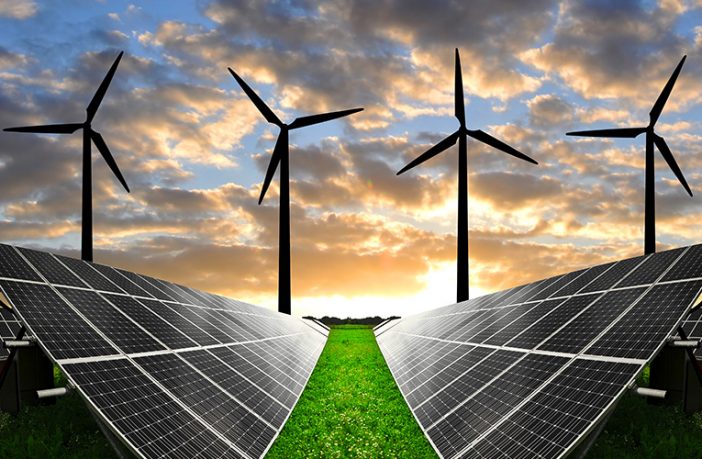- The draft regulations on generation capacity continue to fall short of addressing municipalities’ needs, states the South African Photovoltaic Industry Association (SAPVIA).
- At the start of May, Mineral Resources and Energy Minister Gwede Mantashe gazetted draft amendments to the Electricity Regulations on New Generation Capacity.
- The amendments aim to clarify the regulatory regimes that apply to municipalities for procurement or development of power generation capacity.
The public had 30 days from the date of gazette to provide comments.
The association, which represents the voice of the solar PV industry in South Africa, responded on the eve of the period for public comment closing at the end of May.
According to a media statement, SAPVIA has submitted its feedback to Minister Mantashe’s office.
SAPVIA not convinced
SAPVIA’s COO, Niveshen Govender, said: “The South African Photovoltaic Industry Association is pleased to see the implementation of President Ramaphosa’s announcement as delivered in his 2020 SONA speech.”
He continued: “The solar industry is eager for clarification as the Draft New Generation Capacity Regulations continues to fall short of addressing municipalities’ needs as demonstrated in the court proceedings between the City of Cape Town and the Gauteng High Court.”
The Regulations allow a municipality to apply to the Minister of Mineral Resources and Energy for a determination in terms of Section 34 of the Electricity Regulation Act and require that this determination must be made in accordance with the national Integrated Resource Plan (IRP) for electricity.
The City of Cape Town is contesting that it does not require a Section 34 determination but that it is free to generate and procure energy from independent power producers in terms of their own energy planning and not only in terms of national prescripts.
Recommendations for the draft electricity regulations
For any government procurement programme for utility-scale projects, SAPVIA supports the central procurement through the Independent Power Producers Office (IPPO) but recommend the removal of caps on private embedded generation to allow the market to procure these projects in a safe and legal manner with no cost and at the highest speed for the State.
Allocation for private procurement should not be sterilised by state procurement. The current determination is not clear on what allocation will be left for distributed generation under IRP but private procurement is far quicker and less costly.
There is a risk that the 2,000MW will not be enough to deal effectively with the challenges of loadshedding. Another risk is that the full 2,000MW allocation in the IRP will be assigned to a public procurement programme thereby destroying the own use generation market and thousands of jobs.
“We believe that the following assumptions regarding the energy availability factor were incorrect and the supply shortfall is in fact nearly double what was assumed. In this case, these allocations will not be sufficient to ensure security of supply in the short and medium-term,” says Govender
Author: Nicolette Pombo-van Zyl
This article was originally published on ESI Africa and is republished with permission with minor editorial changes.
















